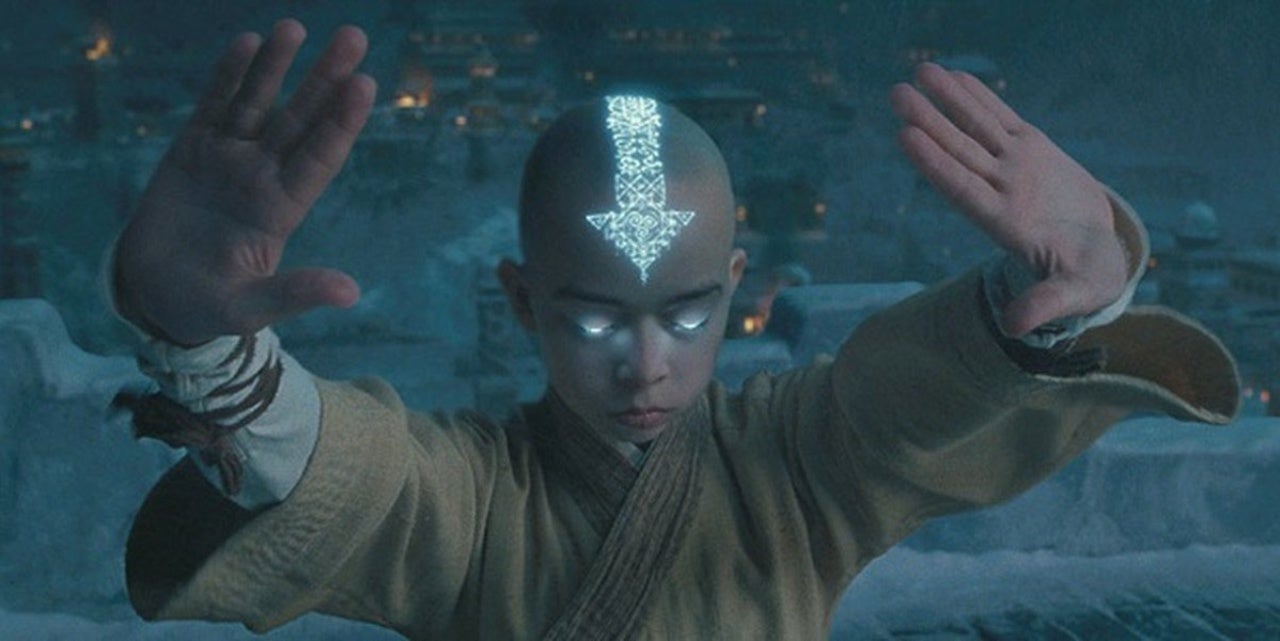Table of Contents Show
In a world divided into four nations — the Water Tribe, the Earth Kingdom, the Fire Nation, and the Air Nomads — there are benders, people who have the ability to manipulate one of the four elements. The Avatar is master of all four elements and keeps the peace between the nations. The Last Airbender, written and directed by M. Night Shyamalan, is a live-action film adaption of the first season of the American animated television series, Avatar: The Last Airbender, created by Michael Dante DiMartino and Bryan Konietzko.
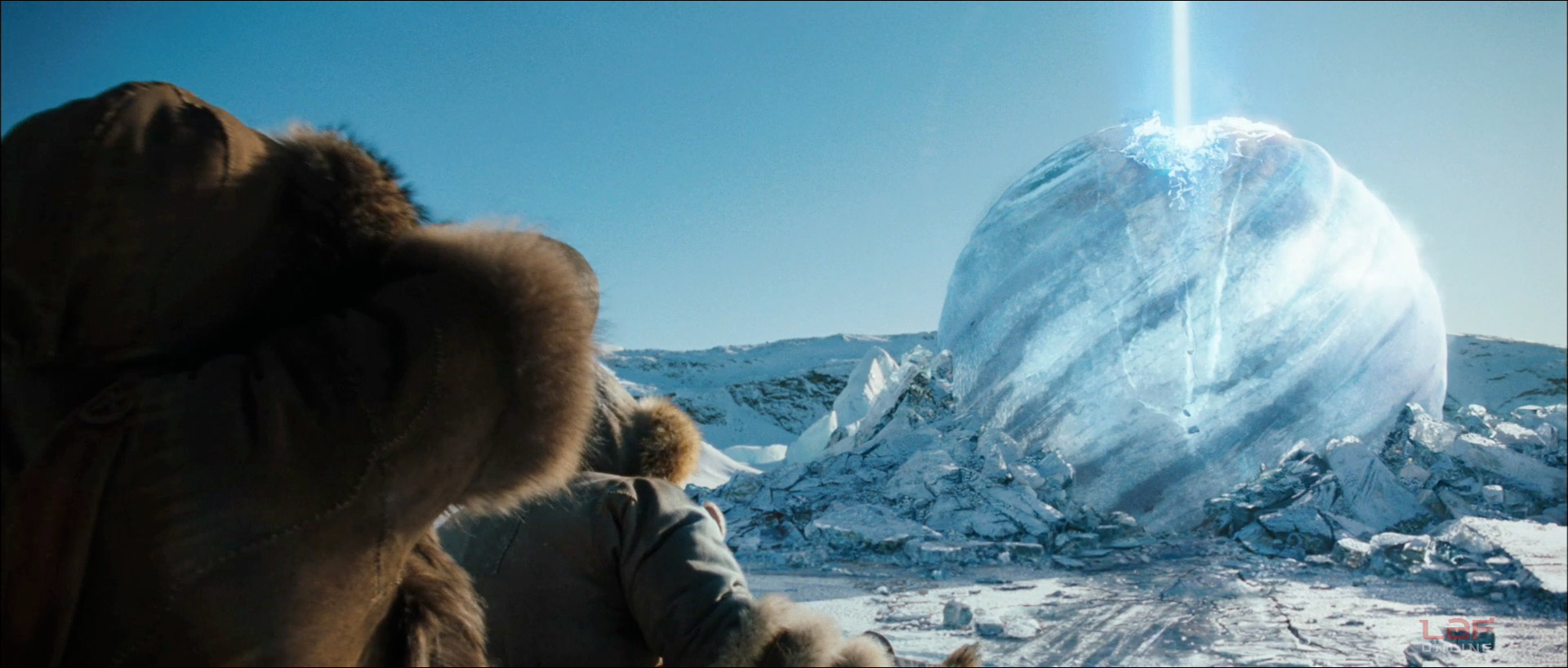
Since the release of the show in 2005 it has gained a growing fan base. Fans have become attached to the complex characters, quick-witted humor, and relatable themes. Like any other fandom, there are varying opinions. However, committed fans of the show seem to agree on one thing: The Last Airbender was a disservice to the original animated series. It has been ten years since the movie’s release and whenever it becomes the topic of discussion, fans play along as though the movie doesn’t exist.
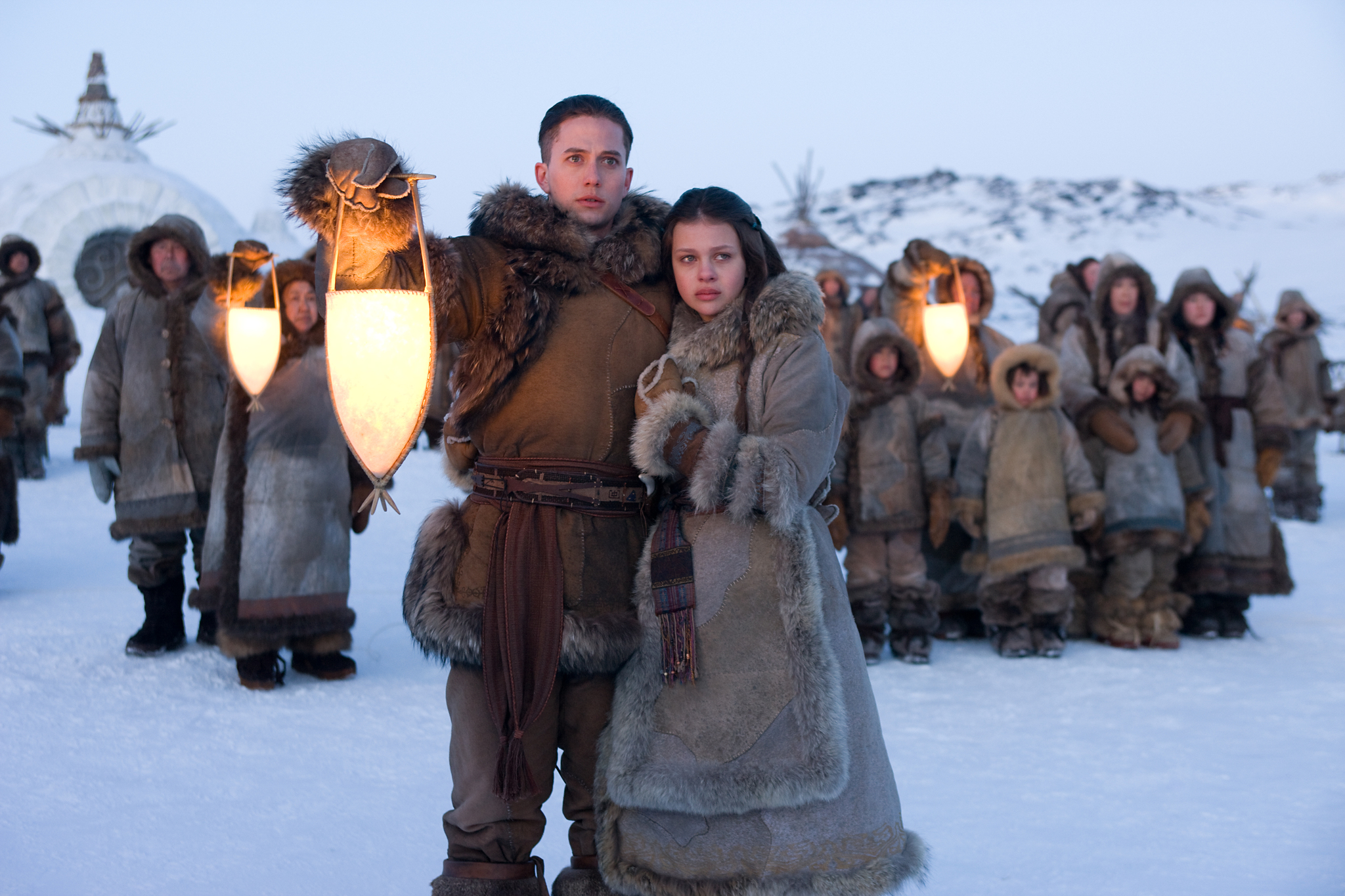
For a television series to have such a passionate fan base, where could the film have possibly gone wrong? Is there anything redeemable about the film despite what some fans might think?
Fans Say The Last Airbender Movie Doesn’t Exist
After having watched this film, many disappointed fans agreed that The Last Airbender movie doesn’t exist. The saying references when Aang and his group uncovered that the people of Ba Sing Se were brainwashed into believing “There is no war in Ba Sing Se.” Fans were so dissatisfied that they were brainwashing themselves into forgetting about the movie. A couple of the fan’s biggest complaints about the film are the mispronunciation of the main character names and the lack of character development due to the film’s condensed narrative.
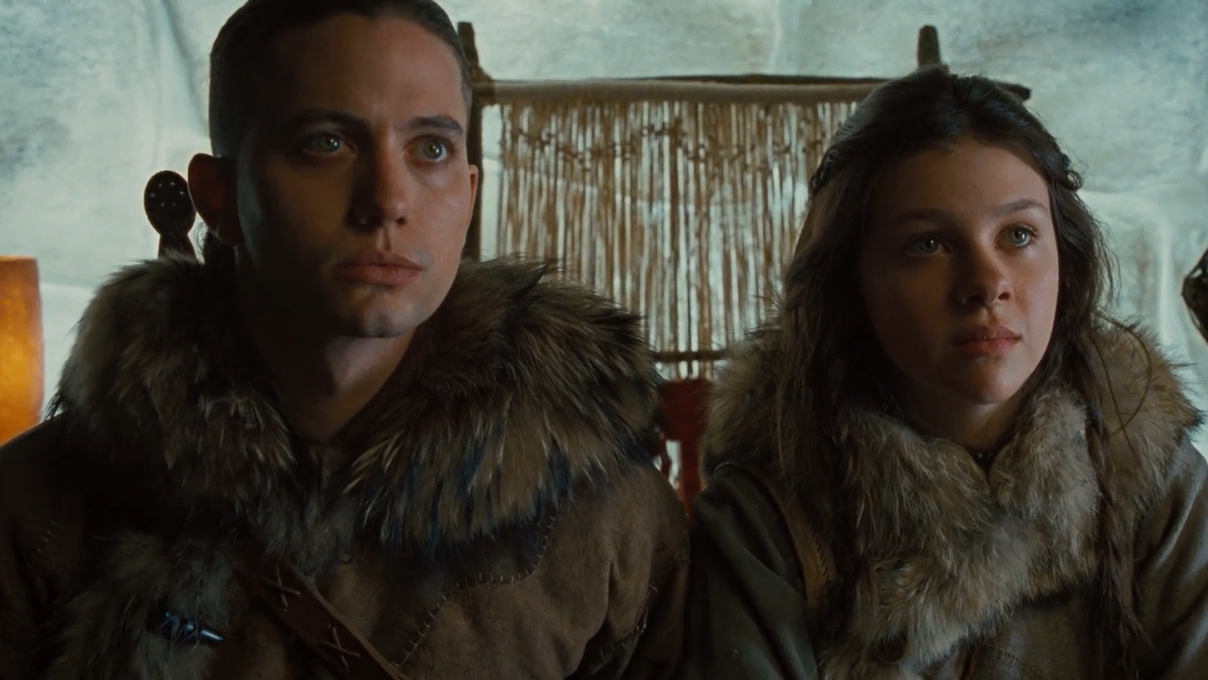
The first notable difference between the film and the animated series is the pronunciation of the characters’ names. Aang, Sokka, Iroh, and even the word Avatar are all pronounced slightly different from the original show. Shyamalan’s reasoning for this alteration is that the change in pronunciation is more culturally accurate. The variance of the pronunciations could be understood if the film was adapted from a novel, but having already heard and grown accustomed to the pronunciations from the show, this change was jarring for long-time fans.
Another key difference is the portrayal of the main characters. Through a live-action adaption of an animated series, so much can be lost. There are elements that no budget or special effects can achieve without the magic of animation. Yet, what fans had hoped for was that the spirit of the characters would remain intact. Regrettably, the translation loses what fans grew to love most about them.
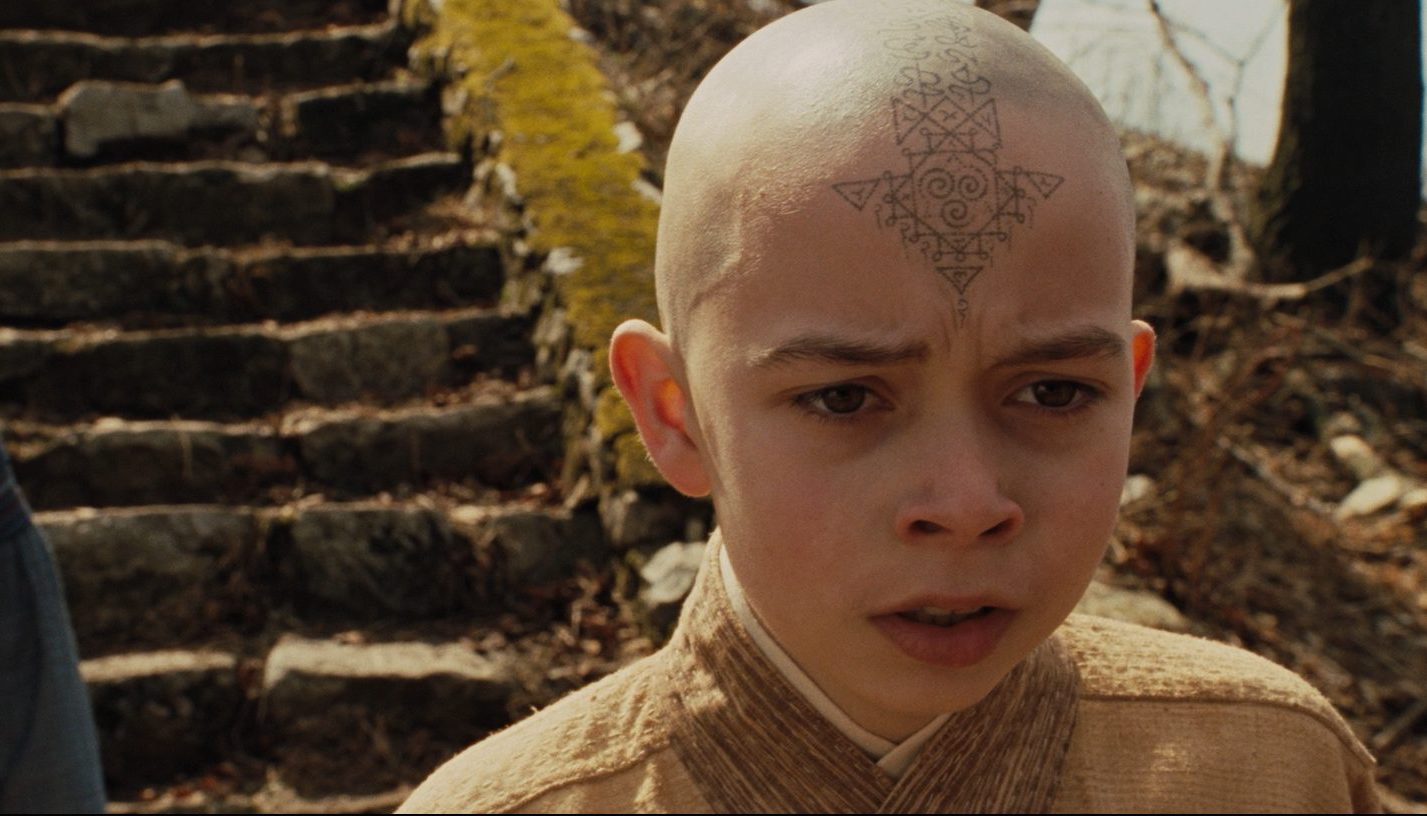
For example, the introduction of Aang in the animated series immediately presents the audience with his childish and humorous nature. This is vital to the character’s growth for several reasons and for the development of the narrative. Throughout the show, Aang acts as a normal 12-year-old would, playing games, pulling pranks, and making jokes.
At the beginning of Aang’s journey with Katara and Sokka, there is a moment where the three of them stop at the Southern Air Temple, where Aang is from. In the series, as they near their destination, Katara warns Aang about the possible state of his home, but Aang remains hopeful. Once they arrive at the Southern Air Temple, Aang quickly discovers that the Fire Nation attacked and wiped out all the Air Nomads. After having gotten the chance to see Aang’s upbeat attitude, this scene has a heavy emotional impact on viewers. The audience becomes empathetic towards his pain.
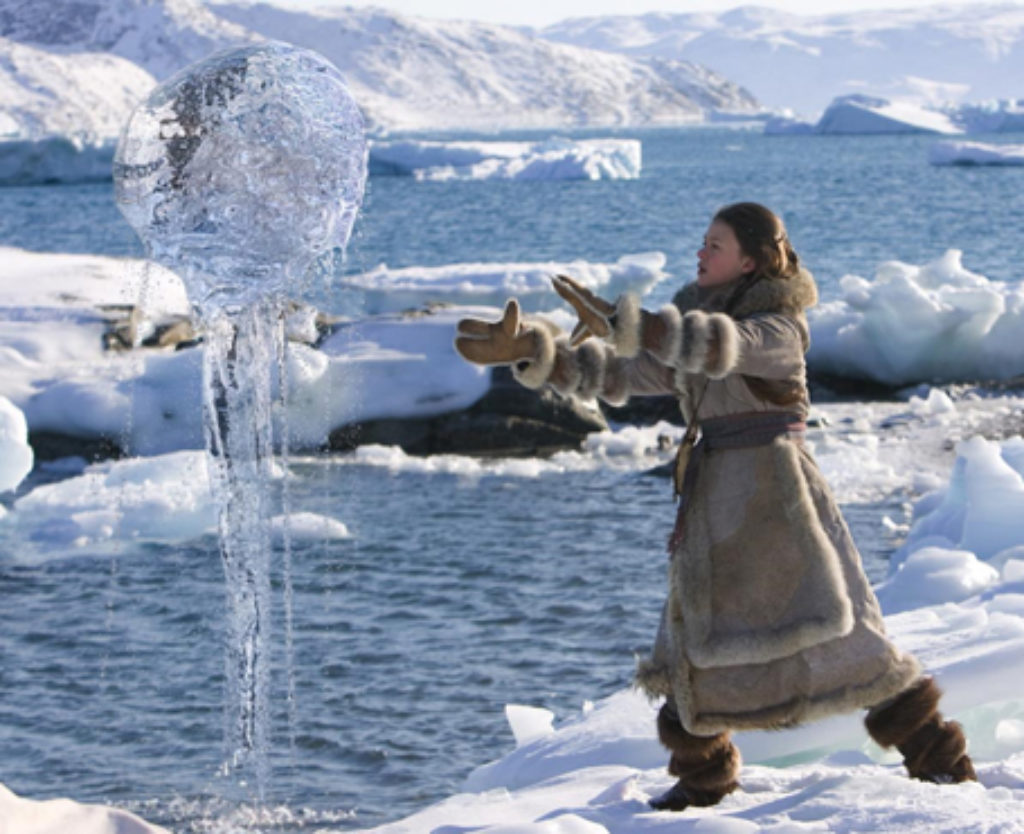
In opposition, the film shows little of Aang’s personality and behavior due to its limited runtime. In the film, almost immediately after Aang breaks out of the iceberg, he is captured by Prince Zuko. We don’t get to see him sharing laughs with the other Southern Water Tribe children, going penguin sledding with Katara, or pulling pranks on Sokka. Any scenes with Aang leading up to this point show him as apathetic. After escaping Prince Zuko, the film cuts to Aang, Katara and Sokka at the Southern Air Temple. Sadly, the emotional event where Aang realizes that his home is gone holds no weight.
Is There Any Redemption For The Last Airbender?
There are many missteps in The Last Airbender aside from the way the character’s names are spoken and the lack of character development. A majority of fans received no satisfaction from watching this film. Yet, despite its failings, the film has a few valuable qualities. Two of the most agreeable ones are the film’s clever use of color palettes matching the different nations, and the regal performances done by actors Dev Patel as Prince Zuko, and Seychelle Gabriel as Princess Yue. Although these actors do stand out, their performances do not redeem this film.
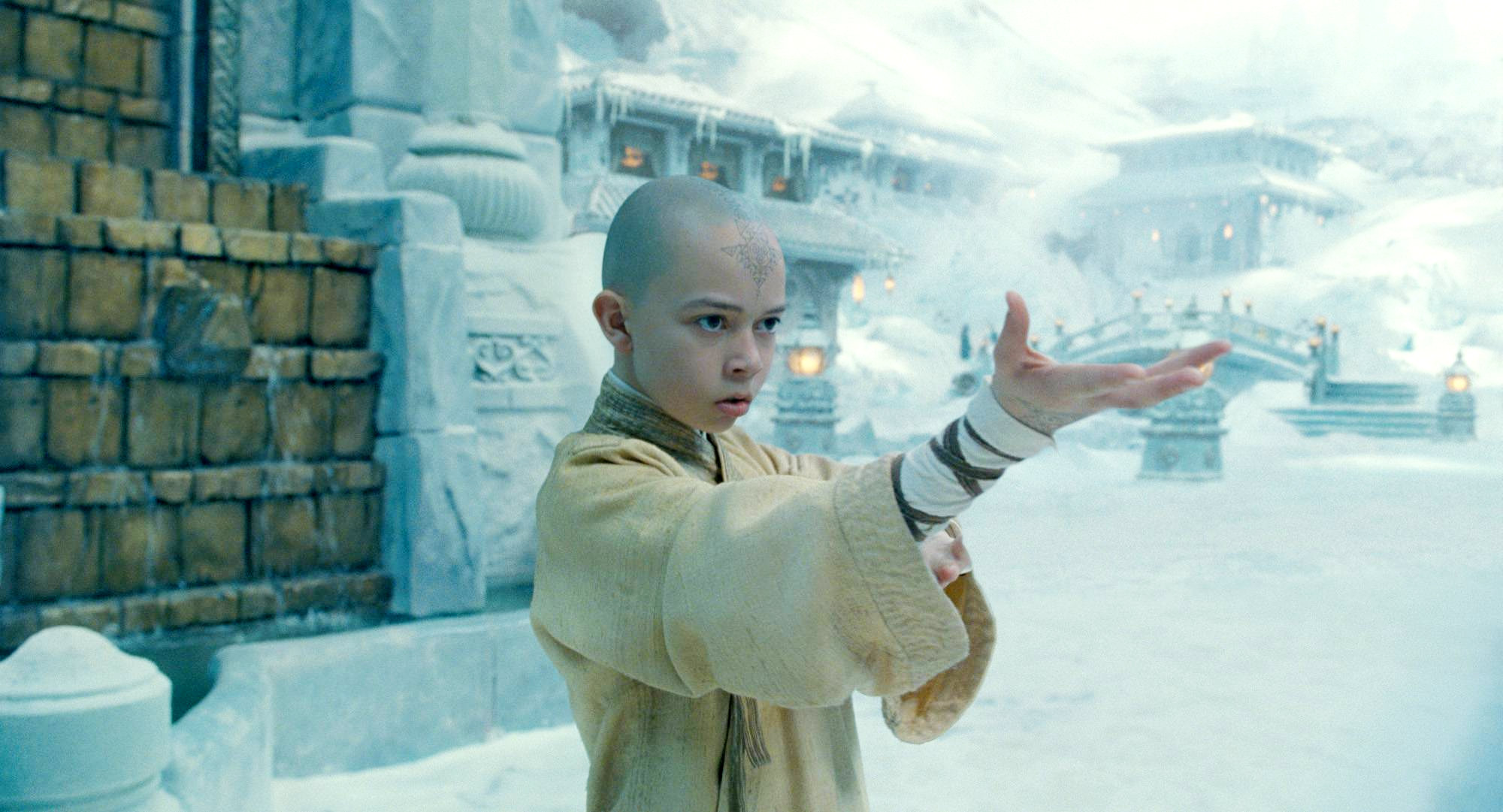
Book One: Water is centered on Katara and Sokka’s travels with Aang as they make their way to the Northern Water Tribe to find a waterbending mentor for Aang and Katara. In the animated series, because the first season focuses on waterbending, the color palette consists mostly of blue hues. One of the film’s best attributes is that it successfully captures the cool tones of the Northern and Southern Water Tribe’s homelands. Additionally, in the moments where the three of them are traversing through the Earth Kingdom, or when the film cuts to scenes in the Fire Nation, it adjusts to the color palette of that element, visually displaying more earth tones or red and ashen tones.
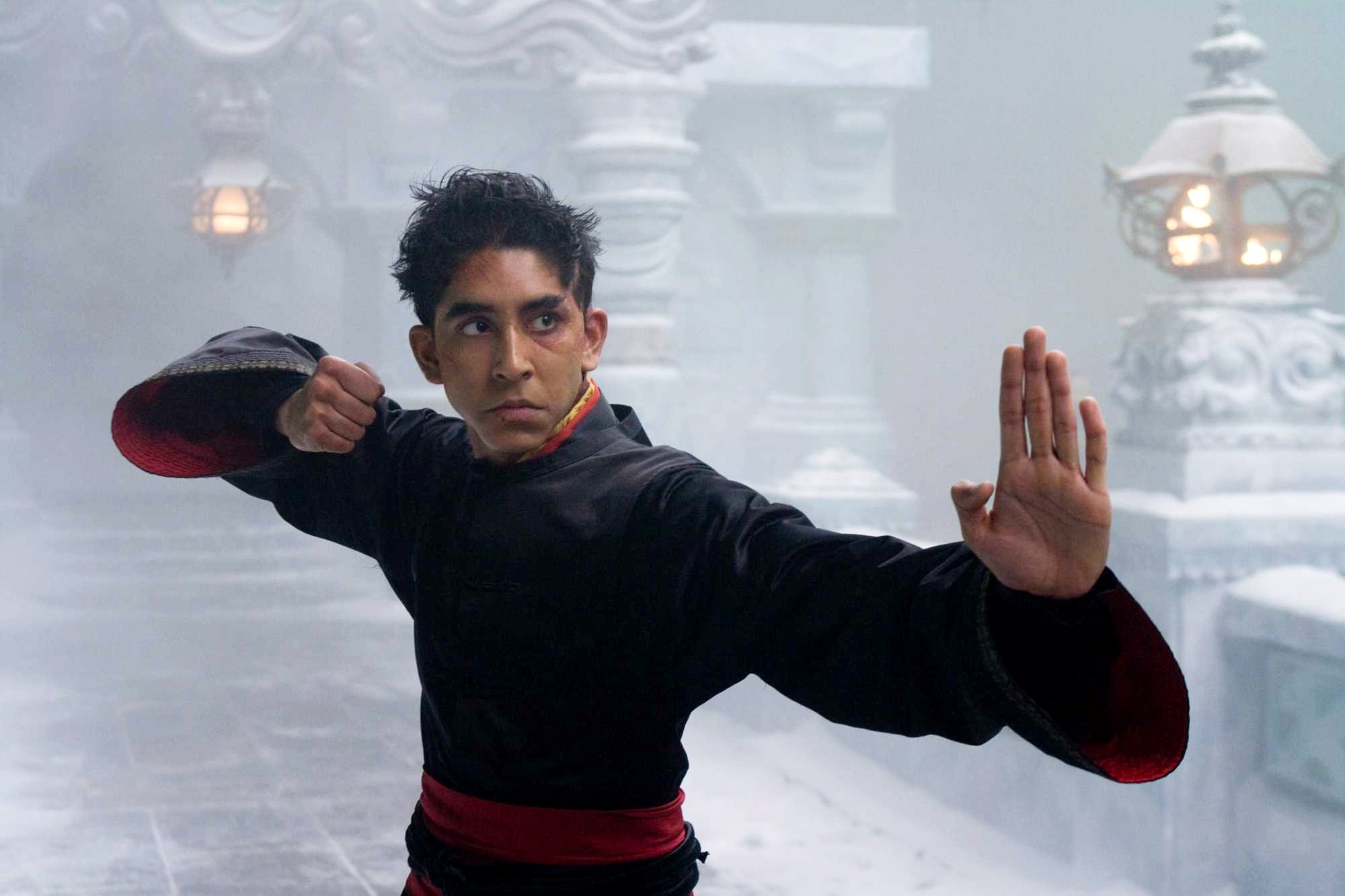
While the dialog is nothing extraordinary, some of the acting works in the film’s favor. In particular, Dev Patel plays his role as Prince Zuko notably. Every spoken line carries the same inflection, bringing to the screen all the angst of his animated counterpart. Seychelle Gabriel, who depicts Princess Yue and is the voice actress to Asami in the animated series’ sequel, Legend Of Korra, also brings her character to life through her character’s love for Sokka and her sacrifice for her tribe.
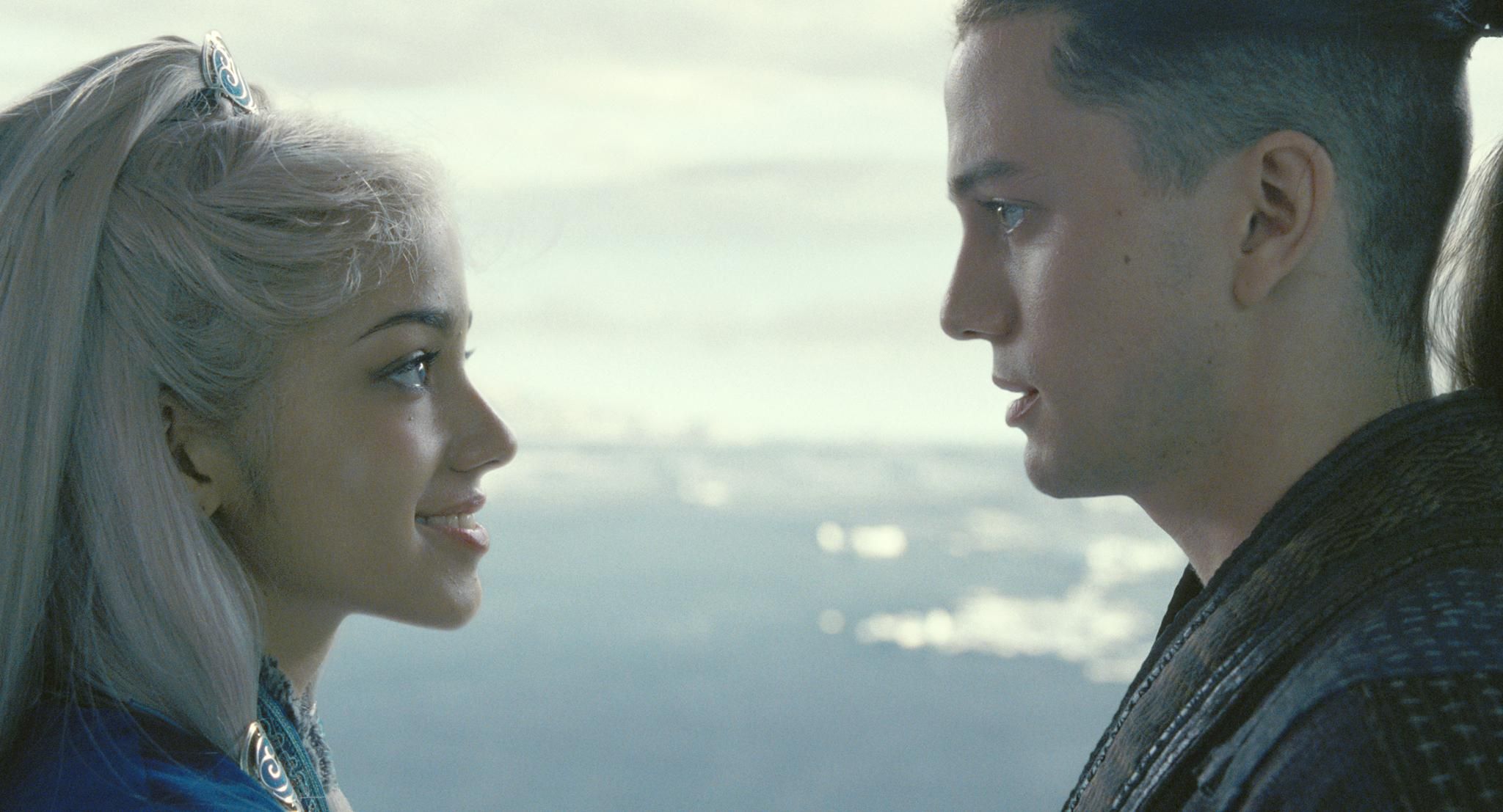
Seychelle also shares the most likeness to her character, Princess Yue. This is significant because character likeness to the source material has also been frequently criticized.
Closing The Chapter On Book One
While the film has been heavily criticized, there are some positive qualities such as the clever use of color. The visuals of the film, including costumes, are some of the biggest contributions to adapting the imagined fantasy world of Avatar: The Last Airbender to live-action. Another positive to the film is the acting skills of Dev Patel as Prince Zuko and Seychelle Gabriel as Princess Yue. Both actors’ ability to liven up the dialog brings much desired depth to their characters.
Loyal fans would willfully agree that there is much that The Last Airbender film could have done differently. Keeping the same pronunciation of the main character’s names and retaining more of the character’s charm are just a small fraction. There would also be less frustrated fans if some parts of the film weren’t entirely adapted, such as the Fire Nation’s prison for earthbenders being located directly on top of earth, or firebenders needing a fire source to bend fire. Shyamalan’s response to the film’s criticisms is that it is intended for a young audience. However, the film undoubtedly misses the mark for many fans of the original series.
